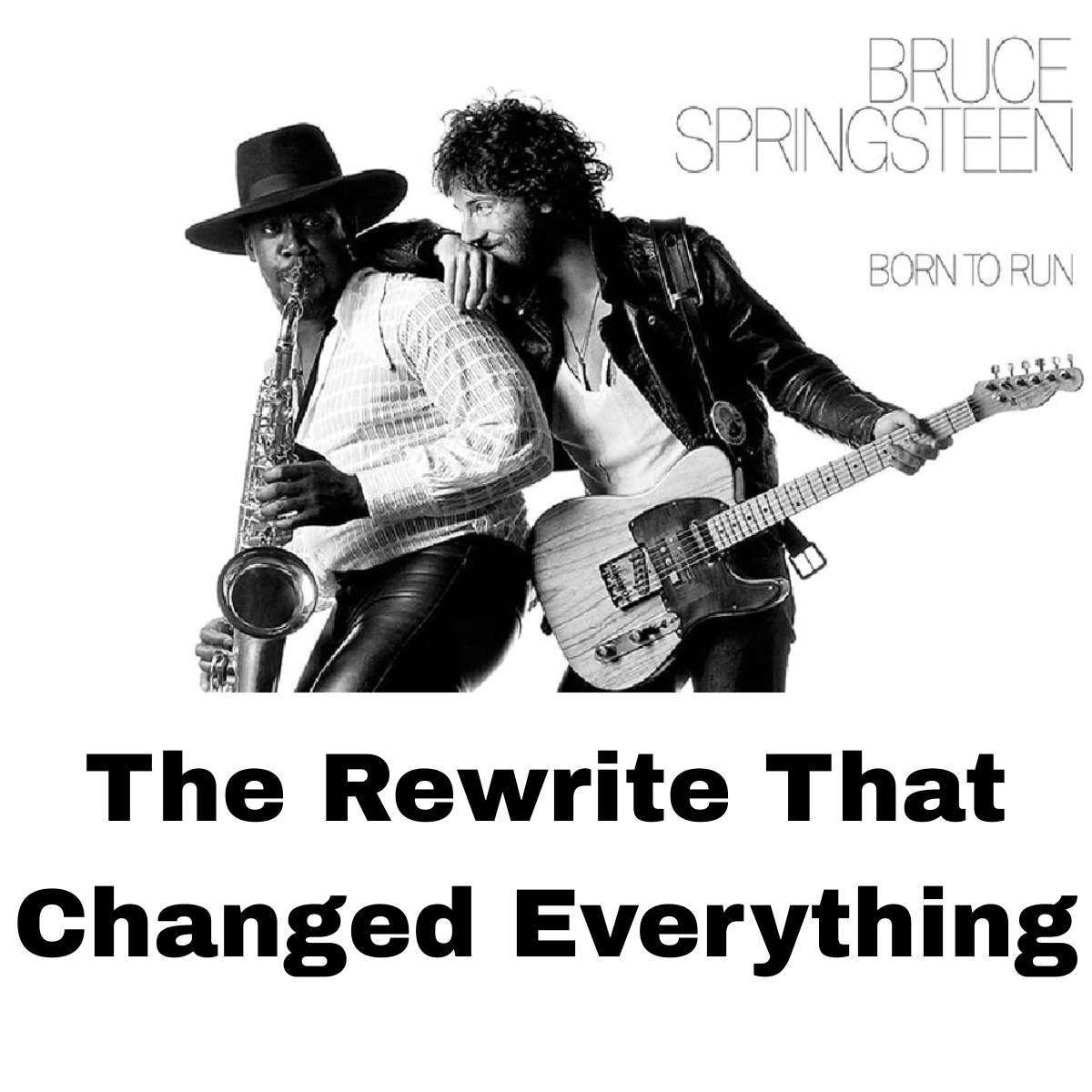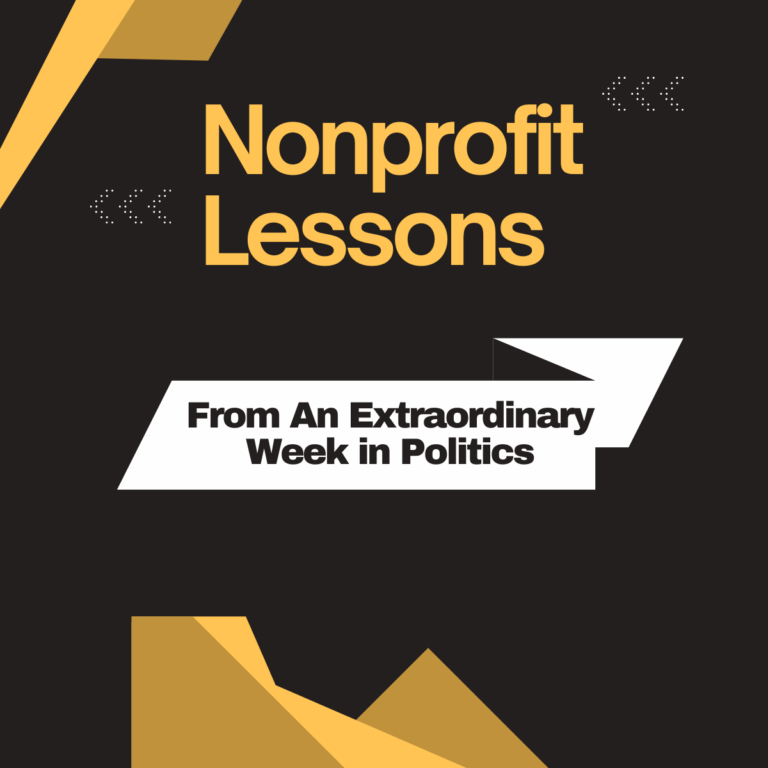It was the end of 1973 and things were looking bleak for Bruce Springsteen. His first two albums were critically acclaimed but had weak sales. New management at Columbia Records was dragging their feet on money to record his next album.
In his new book, Tonight in Jungleland, Peter Ames Carlin describes the one last chance they offered Springsteen. “Go make a single, they said. If it sounds like it could be on the radio we’ll pay for the rest of the album.”
And they made clear, if that album didn’t sell, Bruce’s recording contract – the key to the only life he could imagine – would be over.
The first drafts of that “make it or break it” song were, in Carlin’s words, “a litany of modern urban catastrophes.” At one point titled “Wild Angels,” it featured murderous junkies turning shot guns on soldiers on weekend leave. With roads crumbling, drivers were crushed beneath the weight of their own cars. A beautiful surfer girl died of a heroin overdose.
The over-the-top collection of disastrous events wasn’t sounding anything like the sure hit Springsteen desperately needed.
But, as Carlin describes, “Bruce kept working, filling his notebook. Taking out lines, adding new ones, revising what he had, pulling it apart, crafting new verses and weaving those in. Eventually the words began to clarify and lose their hysterical edge.”
It took months, but slowly, steadily “Born to Run” the song and, ultimately, the album emerged. While the first two albums sold less than 50,000 copies combined, Born to Run quickly sold over a million. And, as they say, the rest is history.
So today, in honor of Born to Run’s 50th anniversary, I offer these five tips on what to do if, like Springsteen’s classic song, your first draft is unwieldy and off the mark.

If it’s not coming together as you type, try this. Just sit down with a friend or colleague and tell them the story you’ve been trying to write. You’ll likely find the different mode of expression clarifies things. And the places where you find yourself mumbling will expose the points that need work.

One trick I’ve found useful is converting an unwieldy draft down to a telegram, It helps you zero in on the essence of your argument. Then you can let your message breathe back out from there.

I don’t mean shifting to another room. I mean a really different location with a totally different feel and setting. You’ll be surprised how much it impacts your writing.
I first stumbled upon this dynamic one summer when I rented a cabin in Vermont. Sitting there looking out at beautiful landscapes just added a deeper, more authentic quality to the environmental projects I was working on. But you don’t have to go that far. For example, I find the peace and quiet of a library reading room a great setting for working out a difficult assignment.

Okay this may be a product of my Jesuit education and the term paper writing process I learned in high school. But, if I am having trouble creating a message that flows well, I just put all the points I want to make on 4 by 6 index cards. Then I play around with ordering them until it all starts to feel more cohesive, coherent and emotionally engaging.

Whoever the actual signer of your message is, switch it up. Imagine you’re writing for a well-known author, musician, TV personality, etc. Choose someone who has a clear personality and point of view. It’s a good way to get outside of your own head and find new modes of expression.

Your rewrite may not be as consequential as the one Springsteen undertook fifty years ago. But hopefully, these few ideas will help you find a way forward next time you end up with a first draft that really needs some help.
P.S. I highly recommend the book I mentioned earlier – Tonight in Jungleland: The Making of Born to Run by Peter Ames Carlin. It might be a great last-minute addition to your summer reading list.









